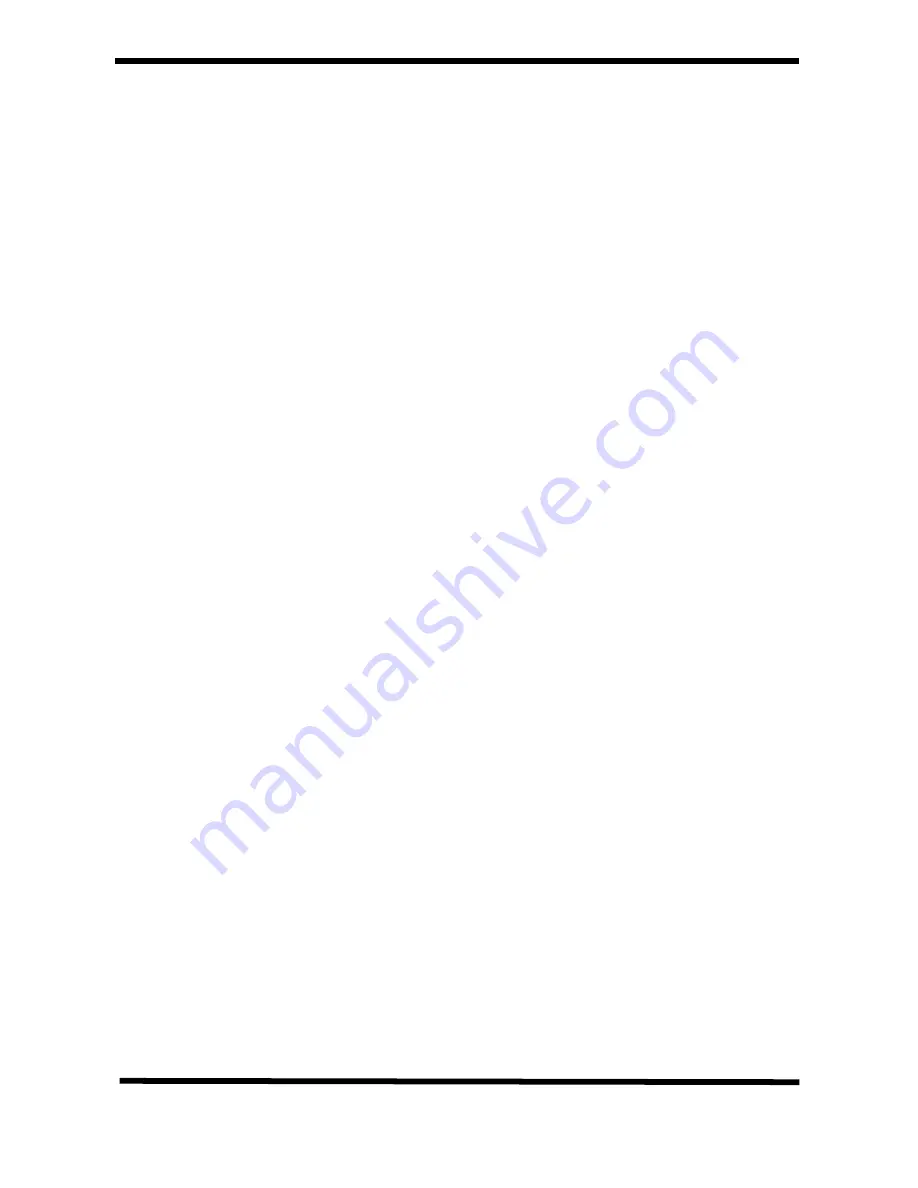
Condensing Boiler
10
7/5/99
Two or three second bursts on the pump at
the initial stage will reduce the risk of foam
formation.
Sloping the pipe runs towards the vent points
will greatly aid air removal.
Sloping pipes are not just a feature of gravity
systems but can greatly aid the pumped
system - because air can move towards a vent
when the pump stops.
Air is dissolved in water but is released when
heated. Always run a system at maximum
temperature for at least 15 minutes to enable
this potential problem to be removed during
commissioning.
COMMISSIONING PROCEDURE
The boiler is fitted with automatic ignition and
will start when the gas cock is open, mains is
connected to the boiler and the controls calling
for heat.
NOTE:
because of a built in delay, cycles by
the Control Thermostat do not fire the boiler for
3½ minutes, however cycles by the System
Controls are not delayed. Use the System
Isolating switch or a System Thermostat to
avoid the delays during commisioning.
It is strongly suggested that the following
stages of commissioning are followed, and not
an immediate connection of all services. This
procedure prevents substantial amounts of air
being dispersed through the system as small
bubbles.
Carry out electrical tests as stated in Electrical
Connections if not already done so.
With all radiator valves fully open, fill the
system but do not start pump.
Sealed Systems only :
With the temporary hose connected, fill from
the mains supply , then follow the procedure
below.
Check for water soundness and rectify
where necessary.
DO NOT TURN ON GAS
Drain the system by opening all draincocks.
This will flush the system of flux and swarf.
Pour 3/4 of the inhibitor in and fill the system
with clean water and vent air from radiators
and pipework.
(Sealed
Systems only:
Pour in all the inhibitor,
and fill to required pressure plus 0.3 bar to
allow for venting)
Switch on the electrical supply to the boiler and
switch the programmer to DHW.
Switch off after about five seconds and vent all
points again.
Repeat this for 5 minutes.
(
Sealed Systems only :
re-pressurise if
required)
Turn on pump (do not turn on gas) and run for
at least 30 minutes with 3 port valve in DHW
position most of the time.
Stop pump at five minute intervals and vent
until no more air can be removed and air
noises are no longer produced at the boiler.
While the system is venting check again for
water soundness.
Check for gas soundness (B.S 6891: 1988) in
pipework to boiler using a manometer.
Open the gas cock and after purging the
system, the boiler will light automatically.
Run system at maximum thermostat setting.
Gas soundness within the boiler should be
checked using sense of smell and/or leak
detection fluid. Continue running for 15
minutes, venting every 5 minutes.
IMPORTANT Check that the burner pressure
is correct by using a manometer connected
to the multifunctional control, and that the
inlet pressure is at least 20 mbar. If it needs
adjustment this can be made using the nut
under the rubber cap on the underside of
the control (see Fig. 1).
The pilot is non-adjustable.
Check the pilot flame supervision by detecting
the voltage on the Pilot solenoid (P
L
on the
sequence board), turn off the gas cock. The
voltage on the valve should disappear within
ONE second.












































